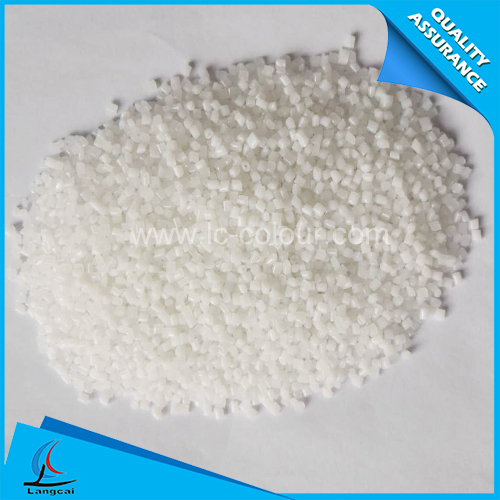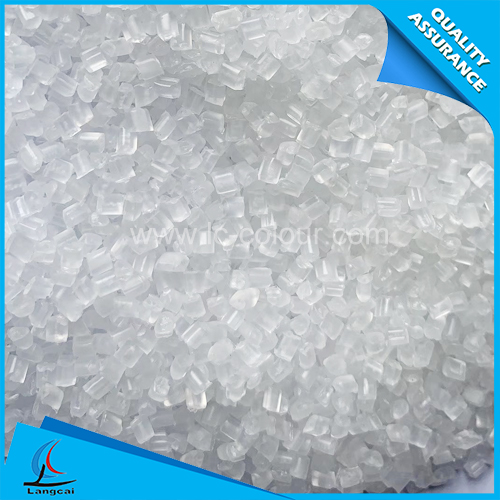- Nonwoven Fabrics
- Tailor Made Masterbatch
- Plastic Masterbatch
- Chemical Fiber Masterbatch
- Functional Masterbatch
- Machinery
- Spunbond PP Nonwoven Masterbatch
- Mono Color Masterbatch
- Liquid Color Masterbatch
- Non-woven Masterbatch
- Polyester Fiber Masterbatch
- Nylon Fiber Masterbatch
- Polypropylene Fiber Masterbatch
- Lab Nonwoven Machine
- Lab BCF Machine
- Dryer
- Filler Masterbatch
- Environmental protection policies promote technological innovation and green development in the color masterbatch industry.
- An Overview of the Production and Application of Mono Color Masterbatch for Yantai Liangcai Plastic Technology
- Analysis of the Core Technical Advantages of Mono Color Masterbatches!
- The international maritime shipping market has witnessed a round of intense price hikes
- How can the refined cotton industry navigate through the trade fog between China and Japan
- Why choose Mono Color Masterbatches? Three major advantages highlight value!
- Phone:00836 - +86-535-8484358
- Email:wendy@ytlc-colour.com
- Address:DALAN INDUSTRIAL PARK, ZHANGXING TOWN, ZHAOYUAN CITY, SHANDONG, CHINA
If the annual growth rate of GDP is measured in the year, the five major countries in Southeast Asia (Thailand, Malaysia, Vietnam, Philippines, Indonesia) have declined in 2020. New crown viruses have devastated the critical industries in these five countries, especially those who seriously depend on tourism. Like almost every country around the world, new crown viruses also lead to border closing, and the company's suspension and unemployment rate rise sharply. The countermeasures of governments are greatly increased economic stimulus and unemployment expenditure.
Although these regions have an uncertainty in 2021 economic prospects, the overall prospects are optimistic. GDP growth will depend on the management of the vaccine, control on the disease and management of exports and internal blockade. China's economic strength is expected to boost Asia's economic prospects, providing support to China's exports to China.
In Malaysia, GDP fell by 5.2%, which in 2019 was weak than before. In Thailand, 2020 GDP has dropped 6.4% over 2019. The GDP of the Philippines decreased up to 2020, GDP fell by 9%. When evaluating the GDP changes in the small economy, it must be aware that GDP has a greater variation in greater than larger economies. With the growth of the economic volume of countries, the annual GDP growth measured by the annual average percentage will be weakened over time.
The new crown epidemic in the nonwoven fabric industry in these five countries is far from the impact of its overall economy. Due to the surge in domestic and exported protective products (protective clothing, masks), the production of nonwoven cloth coils is promoted. Just like other countries, consumers are rising in demand for disinfection wipes and other wipe towels and to health supplies (diapers, etc.).
Southeast Asia is still a non-woven industry with a very prosperous area of nonwoven fabrics in Southeast Asia, Southeast Asia is still a region of nonwoven fabric. Although the new crown epidemic has brought uncertainty, the influence of the recent economic slowdown in the region and the relatively small impact on manufacturing investment and consumer spending will be resolved through the economic stimulus plan.
in Southeast Asia and China (the market penetration is still low), the level of penetration rates in the one-time and durable nonwoven fabric is the positive factor in the nonwoven demand and export of these Asian markets and their exports. Over time, nonwoven fabric producers in Southeast Asia will benefit from China, Japan and other countries inside and outside the Asia-Pacific region. The largest terminal market for nonwoven fabrics will be hygiene supplies, followed by durable geotextiles and other markets.
- Environmental protection policies promote technological innovation and green development i
- An Overview of the Production and Application of Mono Color Masterbatch for Yantai Liangca
- Analysis of the Core Technical Advantages of Mono Color Masterbatches!
- The international maritime shipping market has witnessed a round of intense price hikes
- Why choose Mono Color Masterbatches? Three major advantages highlight value!
- How can the refined cotton industry navigate through the trade fog between China and Japan
- The application advantages of Plastic Masterbatches are remarkable!
- The "Symbiotic code" between domestic and overseas markets
- Why choose Mono Color Masterbatches?
- How will the "balanced development of imports and exports" be promoted during the "15th Fi


